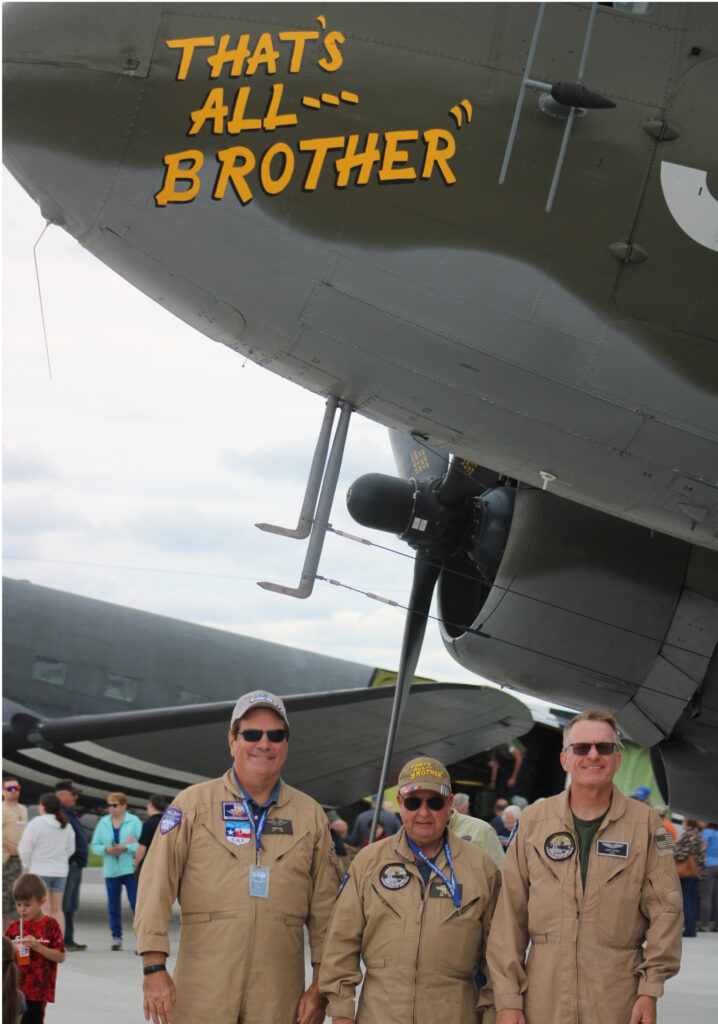World
World War II planes stop in Presque Isle to start D-Day remembrance journey – The County
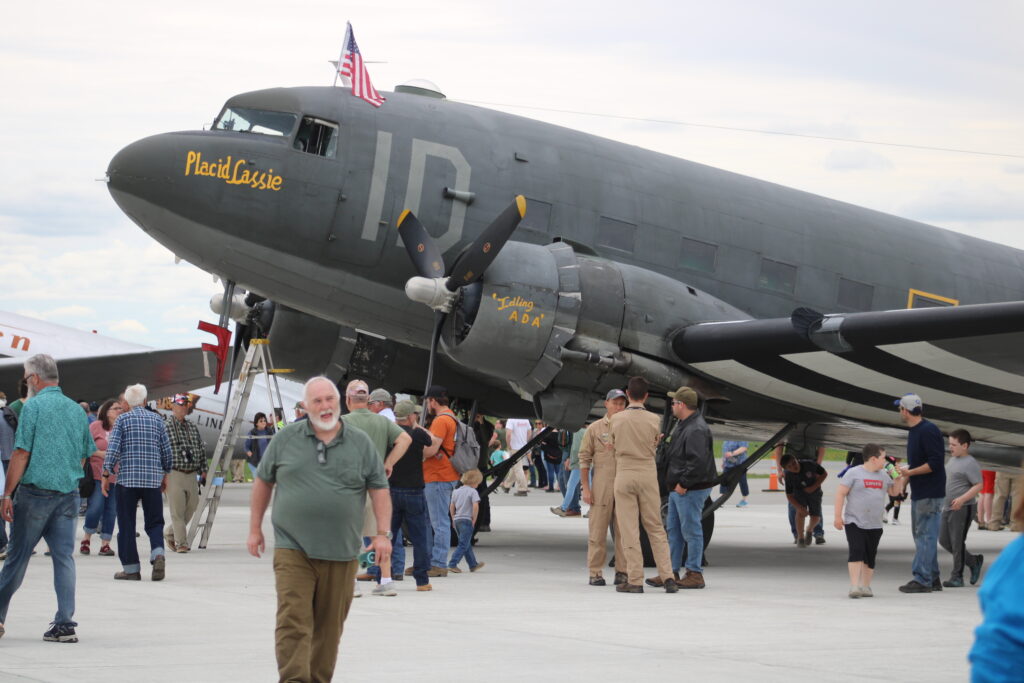
A crowd swarms around the “Placid Lassie,” one of four restored World War II C-47s that visited Presque Isle on May 18. (Paula Brewer | The Star-Herald)
PRESQUE ISLE, Maine — Historic C-47 aircraft landed in Presque Isle on Saturday before heading to Europe to mark the 80th anniversary of D-Day.
Planes from the commemorative D-Day Squadron flew in to meet an eager crowd of more than 1,000 people at the Presque Isle International Airport’s General Aviation Terminal yard.
C-47s dropped paratroopers in Normandy on D-Day — June 6, 1944 — in a massive airborne mission that eventually brought the end of World War II and the Allied victory. The squadron, which formed five years ago to commemorate the 75th D-Day anniversary, made Presque Isle the first stop on its 2024 Legacy Tour. That’s fitting, because the Presque Isle Army Airfield was a significant stopover during the war years.
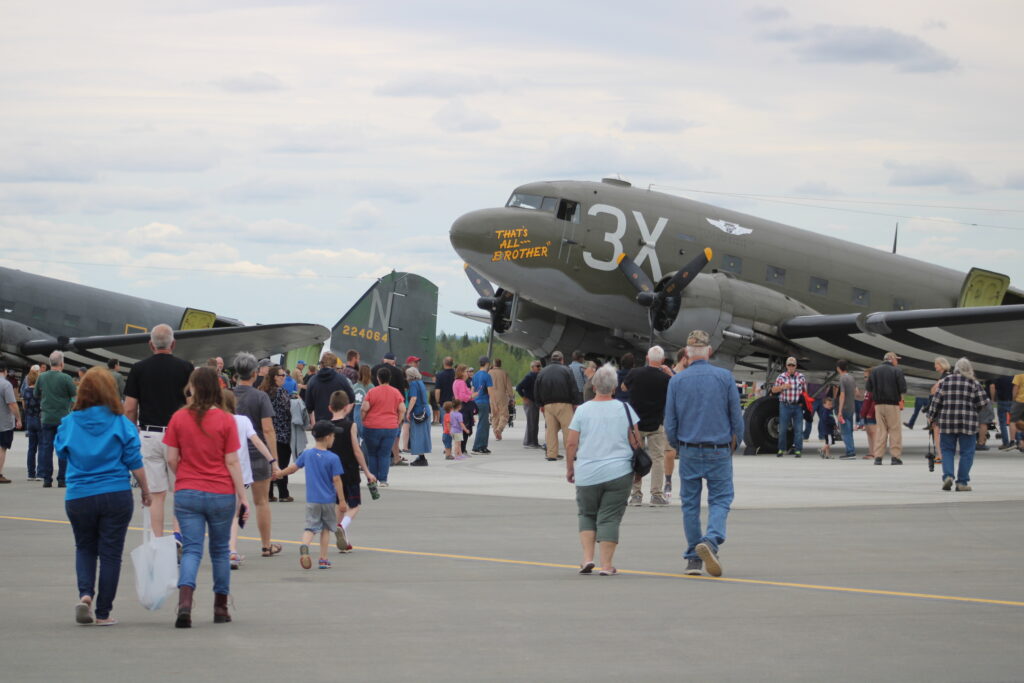
With vintage military gear on display and 1940s-era music from the loudspeakers, visitors marveled as pilots shared stories of the planes that shaped history.
“I know what some of these guys went through. It cost a lot,” said Peter Cote of Fort Kent. “Some didn’t come back.”
As he watched the planes touch down and heard the unmistakable, deep roar of their engines, he grew emotional.
He drove with his wife, Beverly, to see the aircraft. It was their first time seeing the D-Day Squadron. Cote served for 23 years in the U.S. Navy and retired in 1993, he said.
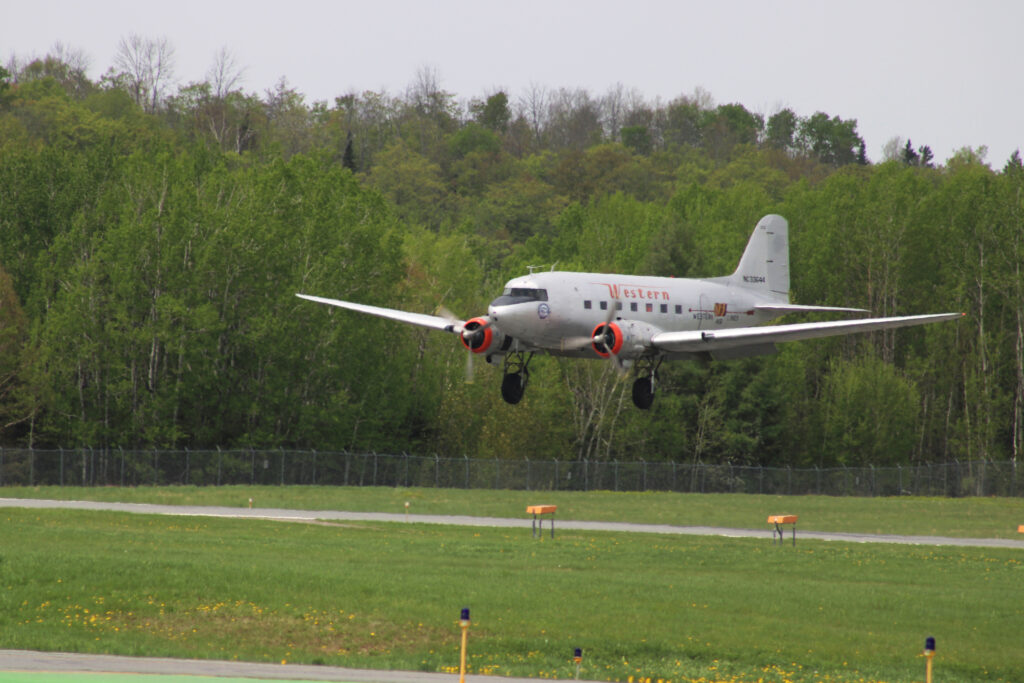
The Presque Isle Army Airfield was the starting point of the North Atlantic Route to Normandy for the D-Day operation, according to Kimberly Smith of the Presque Isle Historical Society. The route went from Presque Isle to Newfoundland, Labrador, Greenland, Iceland, Scotland, England and ultimately France.
That operation involved 156,000 troops storming Normandy from the sea and 13,000 paratroopers dropped in enemy territory, according to the D-Day Squadron. There were 9,000 lives lost. Of the 1,000 planes involved, 925 were C-47s.
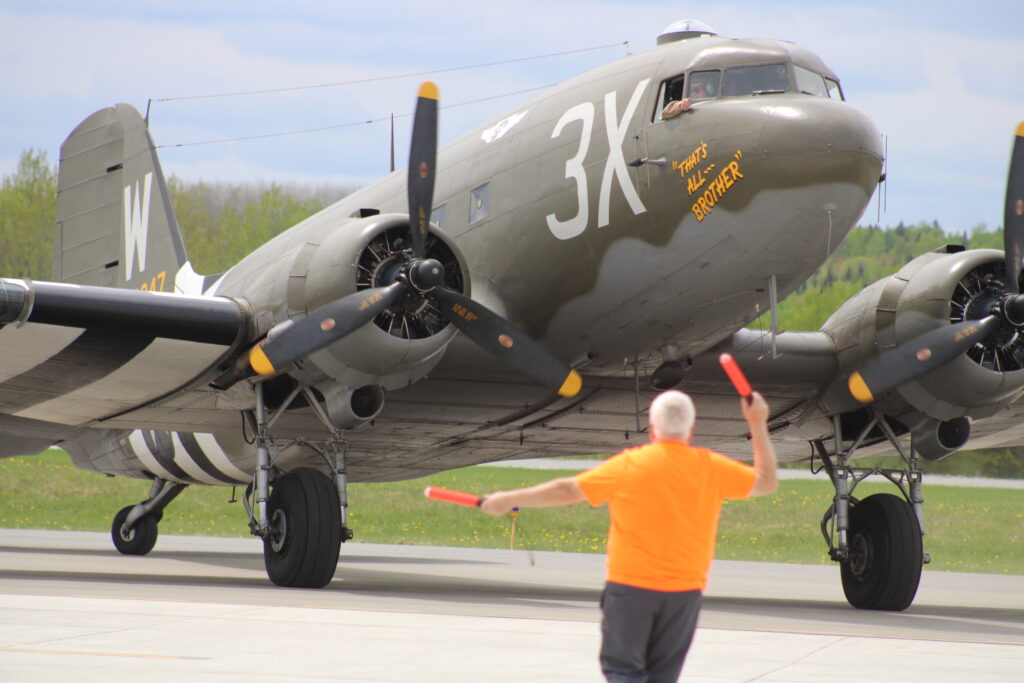
The plane nicknamed “That’s All, Brother” led 800 planes into Normandy that day, said D-Day Squadron pilot John Bixby of Houston, Texas. The plane is based in San Marcos, Texas.
“For me, the fact that we’re retracing the air transport route is significant,” Bixby said. “It’s neat to be retracing the ferry route these guys traveled.”
The Blue Spruce Route went from Presque Isle to Goose Bay, Labrador, then on to Nasarsuaq, Greenland; Reykjavik, Iceland; Prestwick, Scotland; and Duxford, England, he and fellow pilot John McKiski said.
That’s All, Brother was found in a scrap yard some years after the war and might have been turned into scrap, he said. Fortunately, the Texas-based Commemorative Air Force, which formed with the goal of restoring World War II aircraft, found it first.
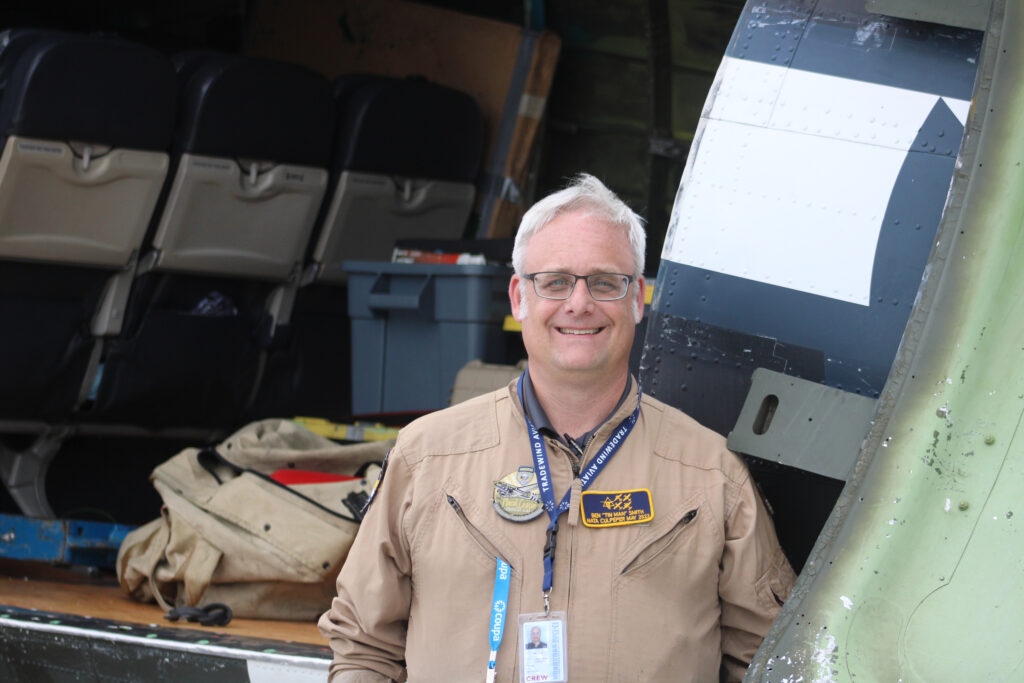
Pilot Ben Smith of New Jersey is a crewmember of the Placid Lassie. He had a ride in a C-47 and right then decided he wanted to learn to fly them, he said.
He actually met the last surviving wartime crewmember of the plane, Ssgt. Ed Tunison.
Tunison was a radio operator on the Lassie’s original crew, which flew about 155 men into Normandy on the morning of D-Day, according to the Tunison Foundation, which owns the Lassie.
Smith was enthused about being part of the squadron. Flying the plane feels like history come alive, he said.
“When given the opportunity to fly this airplane, how could you not?” he said.
When they leave Presque Isle, the C-47s will head across the Atlantic to follow The Blue Spruce Route and join several D-Day celebrations. After that, they will recognize the 75th anniversary of the Berlin Airlift, which dropped food and supplies to civilians in West Berlin following the war.
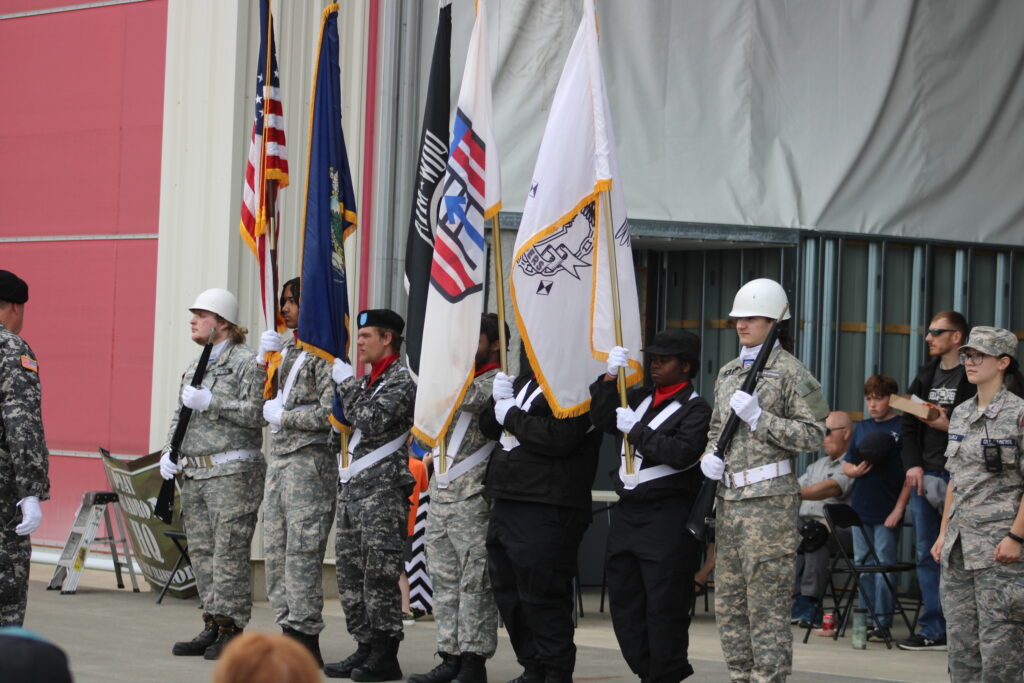
The event also recognized Armed Forces Day. A flag ceremony featured the Loring Job Corps Color Guard and the singing of the national anthem by Miss Teen Caribou Heather Gustin.
Andre and Melissa LaFrance of Grand Falls, New Brunswick, came to see the planes with their two young children, Zack and Riley.
They had never seen military aircraft like this up close, Andre LaFrance said. A war history buff, he was glad to share the moment with his children.
“I wanted to teach the kids why we live the life we do, in part because of these planes,” he said.
